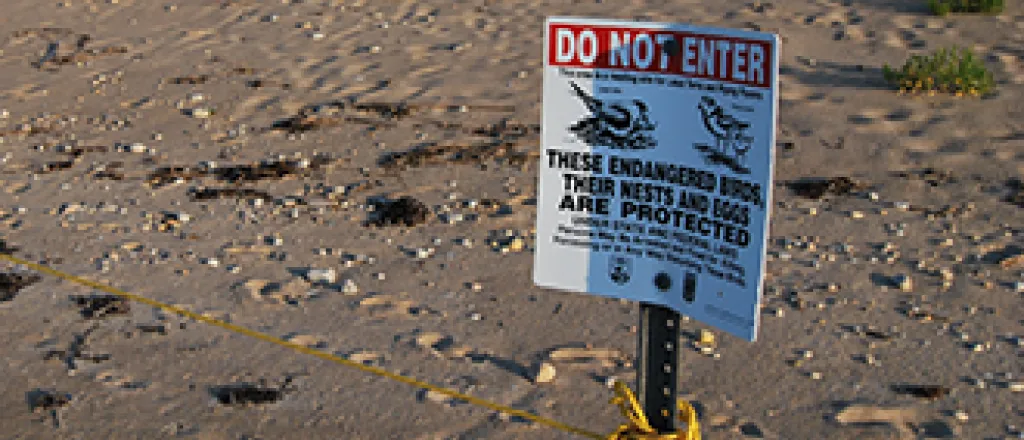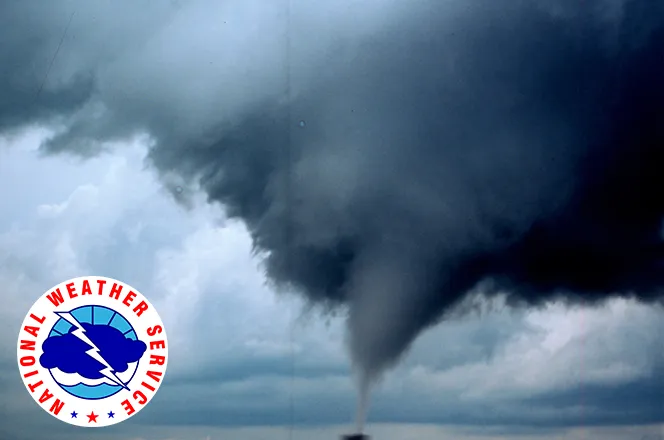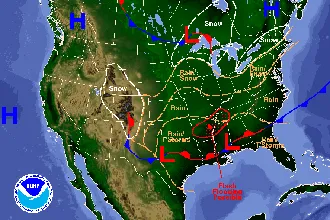
Colorado Parks Closing Shorelines at Blue Lake, John Martin
Colorado Parks and Wildlife officials are asking visitors to John Martin and Adobe Creek (Blue Lake) Reservoirs for help in protecting two rare shorebirds that nest in Colorado.
As in previous years, parks and wildlife managers will be closing access to some shoreline areas to protect the nests of Least Terns and Piping Plovers. The closures will run from early April through mid-August.
"These are small birds that require beach and shoreline areas to nest and are really good at blending into rocky and sandy shorelines," said Ed Schmal, CPW conservation biologist.
"We'll mark off the nesting areas the best we can, but we also are asking visitors to be on the lookout for their hard-to-see nest scrapes and eggs."
The enclosures, marked off with buoy lines or temporary fencing and orange bailing twine, can range from .2 to 15 acres in size and will protect nesting birds by providing them with an undisturbed area to lay eggs, incubate, and fledge young. The small enclosures will leave a majority of the shoreline open to recreation, not excluding the opportunity to see and photograph these rare birds from a distance.
Due to the high water levels this year, a majority of the available nesting areas are currently islands. If the birds select an island for nesting, a buoy line will be placed around it.
The Least Tern is a small, swallow-like bird with black outer wing feathers that is sometimes seen diving head-first into the water after fish. The smallest of the North American terns, it can be identified by its distinctive black crown, white forehead and black-tipped yellow bill. The federal government has designated the Least Tern as an endangered species under the Endangered Species Act.
The Piping Plover is a tiny shorebird with pale brown plumage and a black bar across the forehead. Piping Plovers typically nest on sandy lakeshore beaches or on river sandbars that are free of vegetation, relying on their cryptic coloration as camouflage from predators. The Piping Plover is listed as a federally threatened species under the Endangered Species Act.
Biologists agree protecting nesting areas along recreational shorelines is the most effective way to support the recovery of Least Tern and Piping Plover populations. In Colorado, the Least Tern and Piping Plover are found only in the southeast part of the state. They can also be found in other states with adequate shore nesting habitat.
Physically disturbing a closed area, allowing dogs to run off leash or violating road closures can result in citations for offenders. Areas around the reservoirs are regularly patrolled by rangers and wildlife managers. A pamphlet and a map explaining the closure areas is available at the John Martin Reservoir State Park entrance station and volunteers will be working to educate visitors about the protections that are in place. Additionally, a map showing the current closures will be posted at the information kiosk on the south side of the dam.
Anyone interested in volunteering to protect nesting shorebird sites or to educate summer visitors about the birds is encouraged to contact Jena Sanchez, CPW volunteer coordinator, in Colorado Springs at 719-227-5204 or at jena.sanchez@state.co.us.
Information about John Martin Reservoir State Park can be found online at http://cpw.state.co.us/placestogo/parks/JohnMartinReservoir/Pages/default.aspx
















